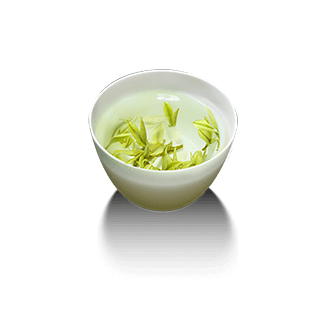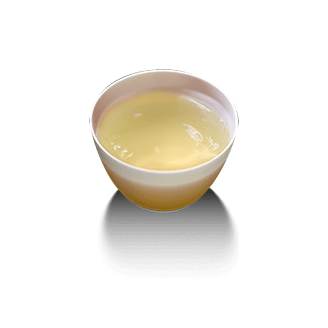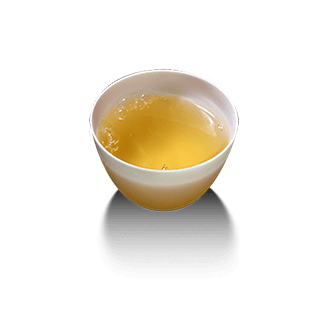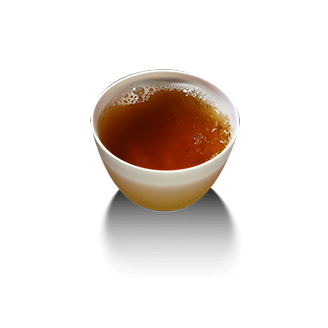


Royal Loong Tuan Tea "Golden Gourd Tribute Tea"



Royal Loong Tuan Tea "Golden Gourd Tribute Tea"
Royal Loong Tuan Tea "Golden Gourd Tribute Tea"
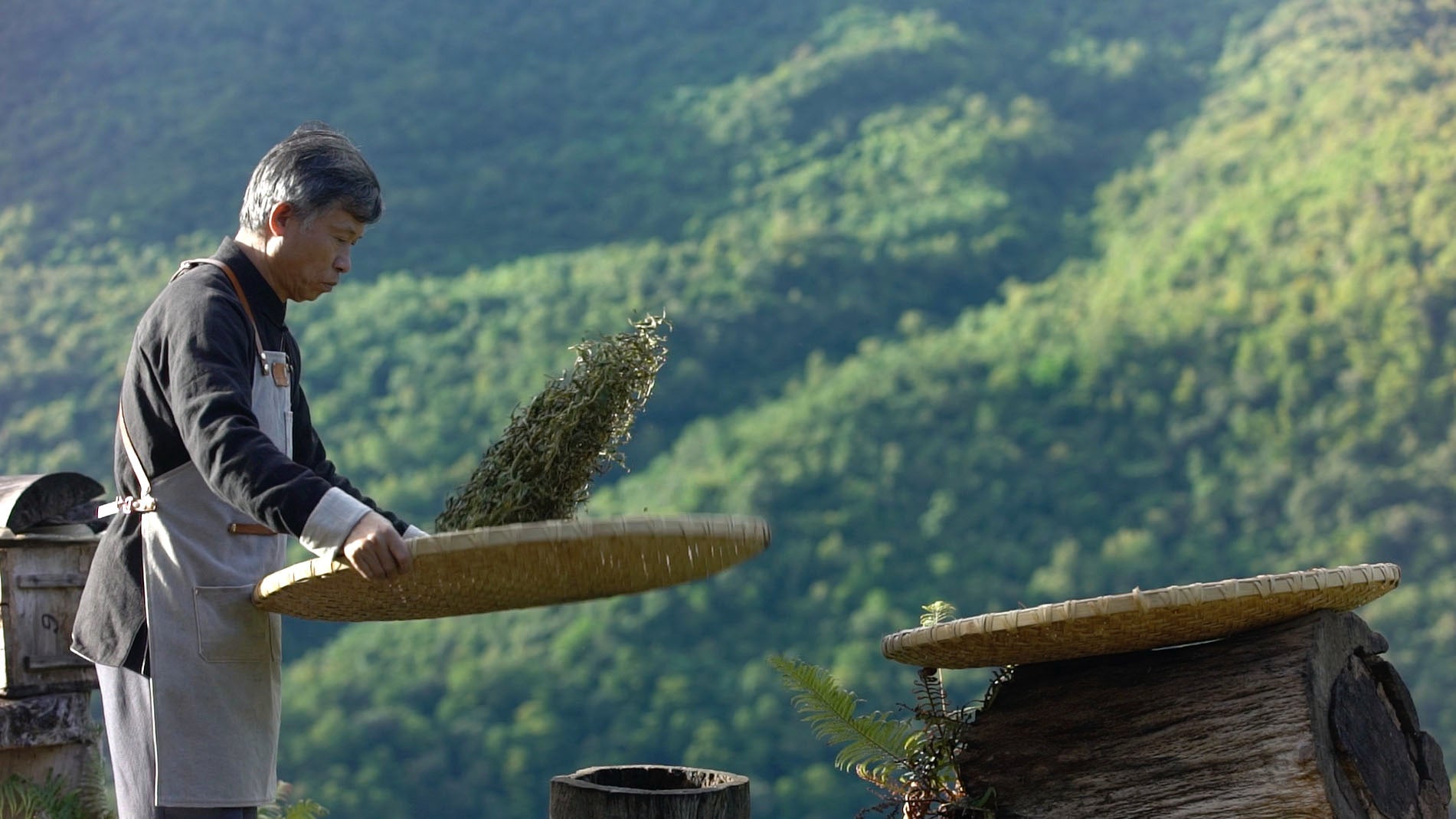
When that lump of Qing-dynasty Pu'er Golden Gourd Tribute Tea, which had slumbered in the Palace Museum for a century, returned to Pu'er, Li Xingchang was there. He stood at the back of the crowd and watched quietly for nearly half an hour. That tea cake, darkened by the passage of time, was handcrafted by his great-grandfather’s generation. He wanted to see clearly the exact differences between the tribute tea of that era and what he himself crafted with his own hands today.

The origin of Pu'er tribute tea lies hidden deep in a mountain – the Imperial Ancient Tea Garden of Kunlu Mountain. Located in Ning'er County, Pu'er City, Yunnan Province, this tea garden was once an imperial-designated raw material base for tribute tea during the Qing Dynasty. Within the garden, centuries-old ancient tea trees twist and gnarle; with the demise of the imperial tribute tea system, this ancient tea garden gradually declined, overgrown with weeds that choked the tea bushes, and the vitality of the old tea trees all but faded into silence.Yet Li Xingchang’s bond with tea had long been deeply rooted in the soil of Kunlu Mountain..

A turning point arrived three decades ago. His mother, already in her nineties, insisted on using her life savings – the money she had put aside for her retirement over a lifetime – to purchase the operating rights to a hundred mu of ancient tea gardens on Kunlu Mountain.
Back then, everyone was preoccupied with planting terrace tea for quick profits, and no one understood why she clung to these "useless" old tea trees.
This stubborn perseverance was rooted in the Li family’s multi-generational bond with tribute tea: dating back to the Qing Dynasty, when the family crafted tribute tea for the imperial court, the Lis had made "guarding tea" their lifelong vocation. By Li Xingchang’s generation, he had become the 8th inheritor of this legacy.
His mother’s choice not only preserved a stretch of ancient tea gardens, but also safeguarded the "raw material lifeline" of traditional tribute tea craftsmanship – only the fresh leaves plucked from the ancient tea trees of Kunlu Mountain can yield the purest, most authentic flavor of tribute tea..

"There are no secrets to making tribute tea – we simply dare not cut corners on a single step," Li Xingchang said. The traditional craftsmanship of Pu'er tribute tea involves 72 manual processes and takes a full 36 days from fresh leaf plucking to tea cake formation. Every step must be "felt by hand and understood by heart".

For plucking, only "one bud with two leaves" is selected – plucking too early (too tender) results in astringency, while plucking too late (too old) causes loss of aroma. Withering is subject to "weather conditions": 4 hours of sunning on sunny days, and extended to 6 hours on cloudy days to ensure the tea leaves retain just the right amount of moisture. Fixing (Shaqing) is the crucial step: the temperature of the iron wok must be controlled at around 180℃. When stir-frying by hand, the fresh leaves must be heated evenly, yet the edges must not be scorched. In his youth, Li Xingchang practiced this step so relentlessly that his hands were covered in blisters countless times. Rolling and twisting requires strength: the tea strips must be tightly twisted, but the tea stems must not be broken – otherwise, the subsequent aging process will lose its unique appeal.
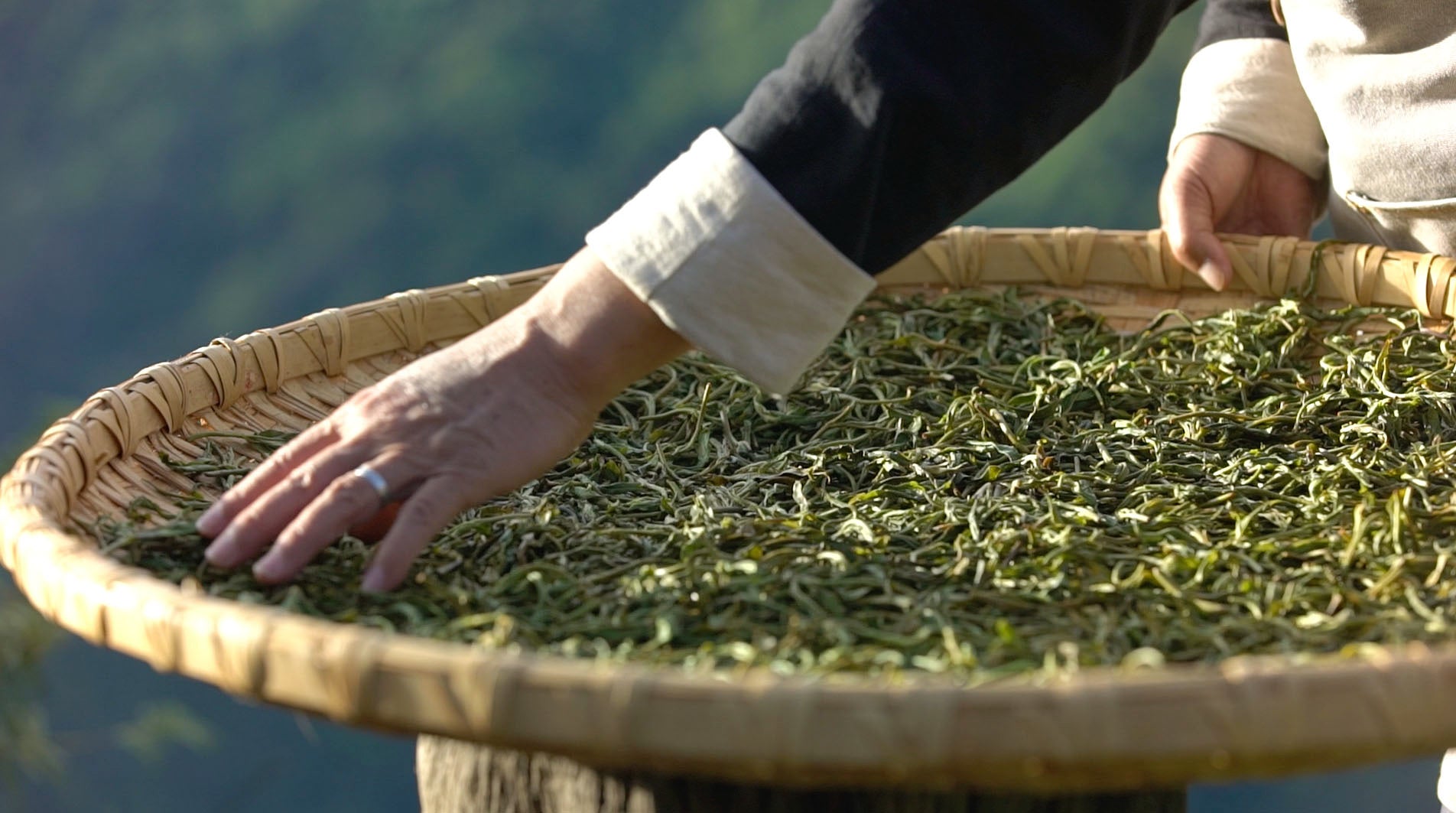
Tea cakes are pressed using traditional stone mills with a strength that is "loose yet not scattered, tight yet not hard" – this is the secret behind Li Xingchang’s tea cakes being "breathable when blown and unbreakable when dropped": blowing air at the tea cake, the airflow can pass through the gaps in the cake, indicating that the pressing is not overly tight (avoiding stuffiness); even if accidentally dropped onto a wooden table, the tea cake remains intact, simply because the perfect tightness locks in the tea’s aroma and inherent properties.
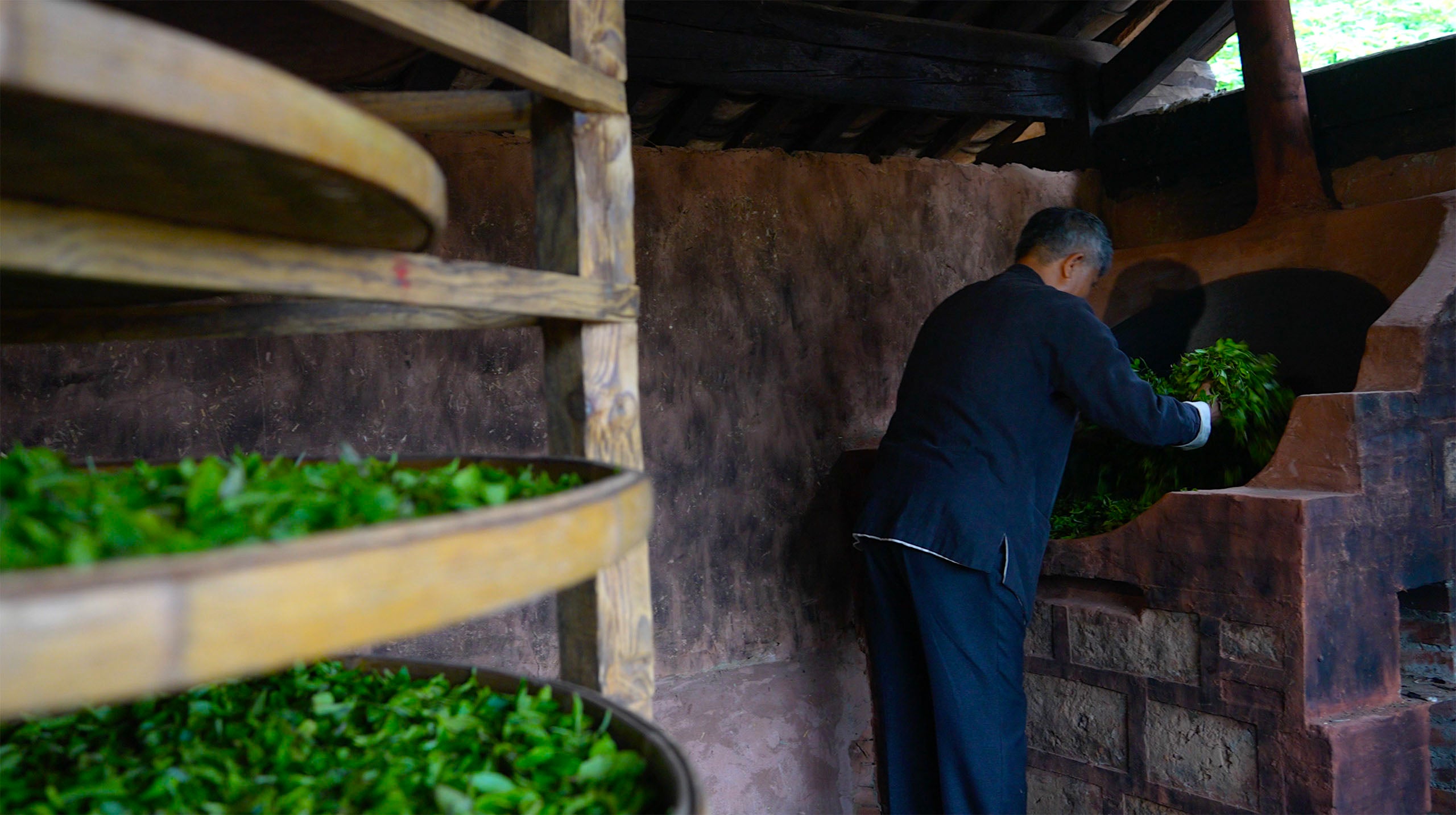
In 2008, this century-old craft was included in the National Intangible Cultural Heritage List , becoming an indispensable "living fossil" in Pu'er culture.

Someone said to him: "Your craftsmanship is a national-level intangible cultural heritage – it’s truly remarkable." He just smiled in response: "Forget about 'intangible cultural heritage' or not; I’m just a tea maker." Every early morning, he still heads up the mountain without fail to check on the growth of the old tea trees.

When he descends the mountain in the evening, he often sees his son tidying up the withering mats in the workshop – his movements are far more skillful than before.

The setting sun stretches the shadows of the tea trees long and far. Li Xingchang walks beneath the ancient trees, his steps unhurried and steady. He knows that making tea is not something to be rushed – just like the old tea trees on Sleeping Deer Mountain, which bud and shed their leaves year after year; only with slow, patient waiting can they grow the fine leaves worthy of making tribute tea. It is also like the craftsmanship of the Li family, passed down from generation to generation – it must be taught hand in hand, so that the legacy can be truly carried on.
Royal Loong Tuan Tea "Golden Gourd Tribute Tea"
Craftmade by Li Xingchang,ICH inheritor
Preparation of Utensils
Main brewing vessels:Purple clay teapots with good air permeability (suitable for aged tea or teas needing aroma concentration) or open-mouthed covered bowls (easy to observe tea color).
Fair cup:Glass is preferred for easy observation of tea color.
Tasting cups:Small porcelain or pottery cups, good for aroma retention.
Auxiliary tools:Tea needle (for breaking compressed tea), tea scoop, tea cloth, etc.
Tea Leaves and Water
Tea leaves:Tea leaves: Loose tea can be used directly. Compressed tea (cakes, bricks, tuocha) needs to be pried loose in advance and "awakened" for 1-3 months (in a ventilated, light-proof, and odor-free environment).
Water:Qualified purified water is sufficient; never use alkaline mineral water.
(Commercially available mineral waters and mountain spring waters vary in water quality due to different sources; so-called "high-quality mineral water" will likely cause loss of functional components in tea and inhibit its aroma.)
Tea dosage:Use 5-8g of tea for a 100-150ml container (tea-to-water ratio of approximately 1:20; adjust strength to personal taste).
Steps
1.Warm and clean the utensils
Rinse all utensils with boiling water to raise their temperature, helping to release the tea's aroma.
2.Formal brewing
This tea does not require rinsing —
the first infusion is the essence, full of the delicate fragrance of tea down and the sweetness of amino acids. (Only aged Pu'er tea over 15 years old, such as tuocha and brick tea, needs rinsing.)
Infusions 1-3:
Pour boiling water from a height(When pouring, slightly lift the kettle to let the water flow hit the tea leaves and release the tea's aroma).
The infusion time is 5-10 seconds; drain the tea soup quickly to avoid excessive leaching of bitter and astringent substances. (For new tea with obvious bitterness, shorten the time to within 5 seconds; for aged tea, extend it to 10 seconds.)
Infusions 4-7:
Pour water at a medium height (gentle circular flow to keep tea evenly heated);
infusion time: 10-15 seconds. Adjust based on taste—if the tea fades, steep for an extra 5 seconds.
After infusion 8:
Pour water at a low height (close to the bottom of the pot/bowl to reduce impact);
gradually extend steeping time (add 5-10 seconds each time). Aged tea can be steeped for 1-2 minutes until the flavor fades.
Tasting
After pouring the tea into the fair cup, divide it evenly into tasting cups. Smell the aroma while it's hot (raw Pu'er often has floral, fruity, nectar-like, or wild mountain notes). Sip slowly to feel the bitterness, sweet aftertaste, salivation, and lingering throat sensation.
Tips
1.Time control
A batch of tea should be brewed within 30 minutes. If not finished immediately, store it in a container. When you want to drink again, reheat the brewed tea—suddenly, the room fills with aroma, enchanting you.
Never leave brewed tea in the covered bowl for a long time (e.g., an hour or two) before rebrewing. Oxidation will deepen, weakening the fresh taste and volatilizing aromatic substances, resulting in a bland flavor. Such brewing reduces a rare fine tea to a lackluster experience.
2. Adjust based on age.
Aged tea (over 15 years old): Mellow in taste; this style can be steeped for a long time, brewed slowly, or even simmered.
By properly controlling water temperature, infusion time, and pouring method, the "richness, intensity, freshness, and briskness" of raw Pu'er or the "mellowness, smoothness, agedness, and fragrance" of aged tea can be fully displayed. It's advisable to adjust flexibly according to the tea's characteristics to find your ideal taste balance.
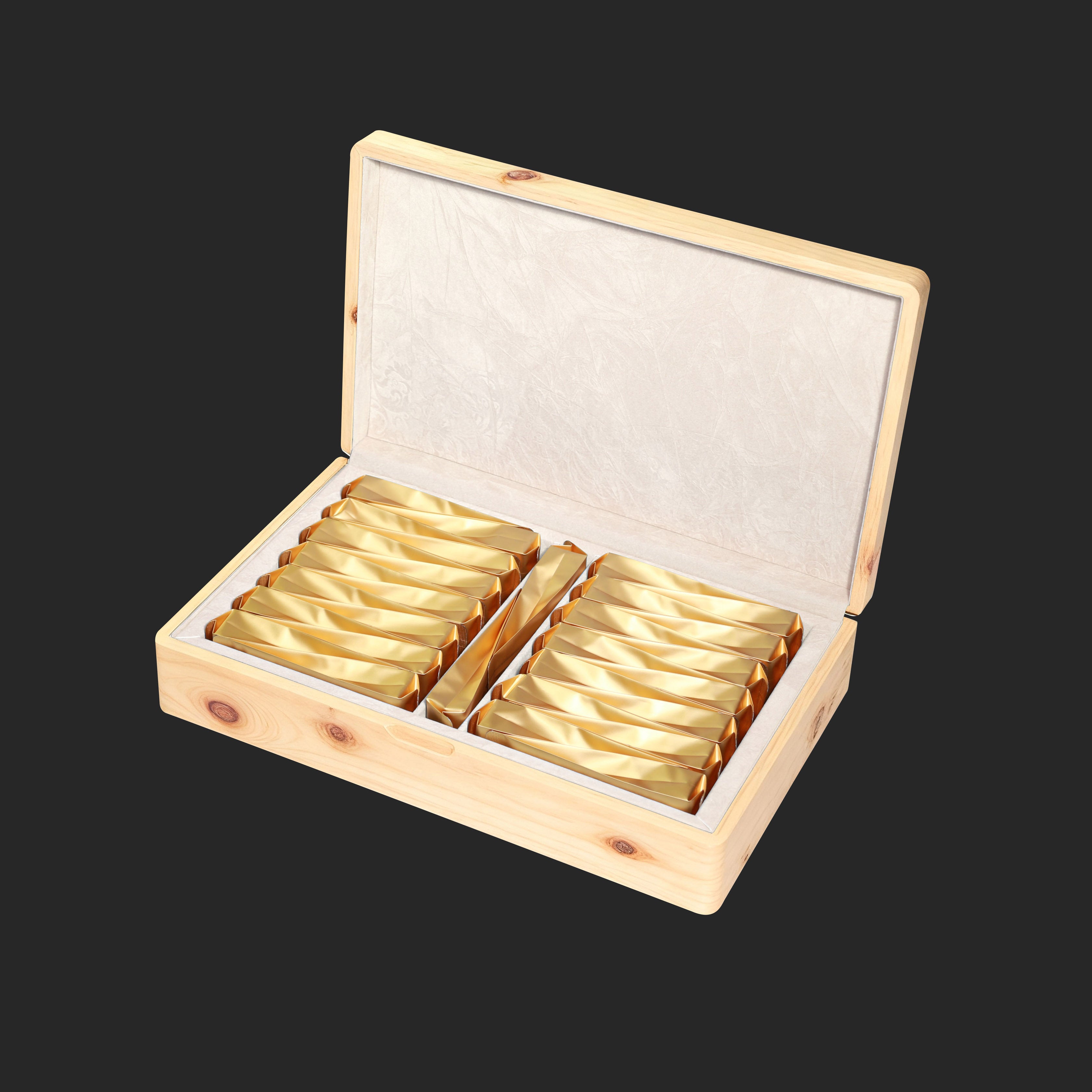
Pouch packaging: Blocks oxygen, light, moisture. Preserves original aroma, nutrients. Longer shelf life.
storage

Place in a clean, odorless environment, avoiding light and moisture.
Ideal humidity : 60%~70% (moisture protection is needed in southern regions)
Optimal temperature : 20~30℃, avoid drastic fluctuations (such as direct airflow from heating or air conditioning).
Ventilation and protection from light : Provide moderate ventilation (avoid complete sealing), while isolating from odors (e.g., cooking fumes, cosmetics).
Protect from light: Ultraviolet rays can damage the internal qualities of tea leaves; it is recommended to use a light-proof container or store in a dark place.
Clean and odorless
Keep away from odor sources such as kitchens and bathrooms to avoid absorbing unwanted smells.
storage container
1. Purple clay pot/earthenware pot
It has good breathability and is suitable for long-term storage, but the humidity needs to be checked regularly (use with caution in the south).
Clean with boiling water and air dry before use to avoid residual moisture.
2. Cardboard box + bamboo shoot husk/cotton paper
An economical and practical combination: bamboo shoot husks are moisture-proof and breathable, while cardboard boxes provide light protection and are easy to stack.
It is recommended to store compressed tea cakes in their entirety (without removing the bamboo shoot husks) to minimize external interference.
3. Resealable bag (for short-term use)
It is only suitable for short-term (within 1 year) storage; long-term sealing will hinder aging.
Choose a food-grade aluminum foil bag, fill it with tea leaves, squeeze out the air, and seal the bag.
Common Misconceptions
Refrigeration is incorrect: Low temperatures inhibit fermentation, and refrigerator odors are easily absorbed by tea.
Complete sealing is incorrect: Pu’er requires trace oxygen for transformation; vacuum packaging is unsuitable.
Folk wisdom claims, “New Pu’er is bitter and harsh; seal it for 3 years to ‘cool its heat’” — but this only applies to teas from poor ecological origins.
For Pu’er made from top-grade materials like thousand-year-old ancient trees or Bingdao old village tea, the new tea phase is the start of its flavor peak.
Take such ancient tree spring tea: It boasts rich wild floral aromas, fresh liquor, prominent rock sugar sweetness, and layered depth, fully embodying the essence of primitive ecology. Its charm lies in the unpolished vitality of the new tea phase.
Practice shows that after 5 years of storage, it shifts to a “classic aging trajectory” and loses its uniqueness.
For fine tea, drink it when new — savor its annual transformations.
Allow moderate air exposure in the first 3 years of storage to preserve the new tea’s ecological essence.
5-10 years: The tea’s nature mellowss; woody and aged aromas emerge.
Over 15 years: The liquor turns rich reddish-brown; the taste becomes mellow and full.
The storage philosophy of top-grade ancient tree tea is, at its core, reverence and preservation of primitive ecology.






